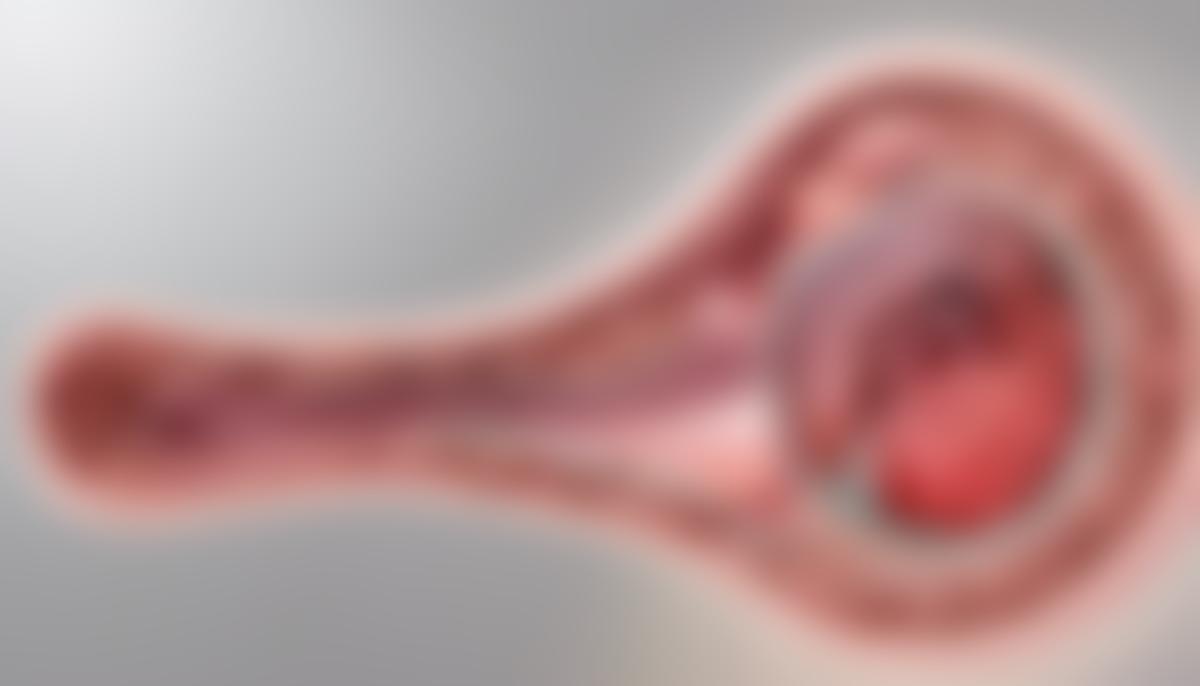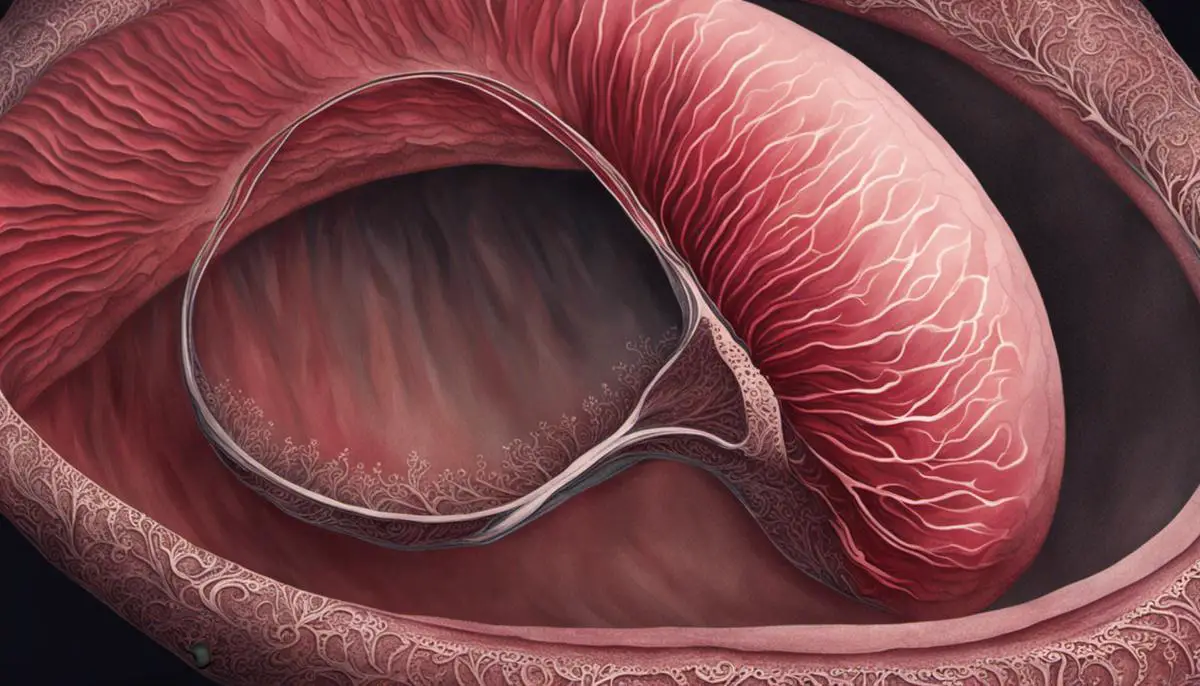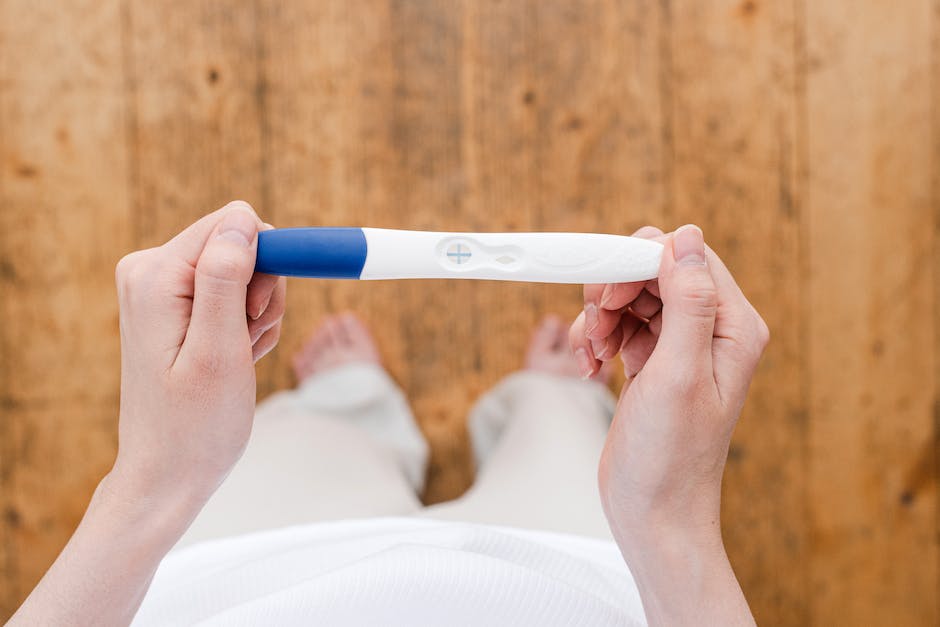A retroverted uterus, an anatomical variation where the uterus tilts backwards instead of forwards, is an intriguing topic that requires a deep understanding and an accurate knowledge base. Although it is a common condition that affects approximately 20 percent of women, it is surrounded by several misconceptions, especially regarding its impact on fertility and pregnancy. This discussion aims to provide clear information about what exactly a retroverted uterus is, how it affects pregnancy, the associated discomforts and how to manage these. The goal is to empower women and their partners with comprehensive insights that will help them make informed decisions and experience healthier pregnancies.
Understanding a Retroverted Uterus
Understanding a Retroverted Uterus
A retroverted uterus, often referred to as a “tilted” or “tipped” uterus, is a uterus that tilts backward at the cervix instead of forward. Typically, the uterus would tilt forward at the cervix towards the abdomen. In contrast, a retroverted uterus tilts back towards the spine. It is relatively common, as it is estimated to be present in approximately 20% of women.
Different Positions of the Uterus and its Variations
The uterine position can vary widely among women and are categorized into three types: anteverted, midposition, and retroverted. Anteverted is the most common position where the uterus tilts forward. Midposition is when the uterus is straight up and retroverted or a tilted uterus is where it tips backward.
Impact of a Retroverted Uterus on Conception and Pregnancy
For the majority of women, having a retroverted uterus does not affect their ability to conceive or carry a pregnancy. The position of the uterus has minimal effect on conception since sperm is capable of reaching the cervix regardless of its positioning.
However, a retroverted uterus can cause discomfort and complications during pregnancy. It can contribute to conditions such as back pain, urinary incontinence, and difficulty with bowel movements.
Solving Discomforts of a Retroverted Uterus in Pregnancy
The discomforts caused by a retroverted uterus during pregnancy can, in many cases, be solved or otherwise reduced. Increased back pain can be addressed through proper posture, physical therapy, and mild exercise. Urinary incontinence may be reduced through exercises to strengthen the pelvic floor muscles, such as Kegel exercises. Difficulty with bowel movements can be eased by increasing fiber intake, staying hydrated, and regular physical activity.
In some cases, a retroverted uterus can cause a condition known as “incarceration.” This occurs when the growing uterus becomes trapped in the pelvis, which can lead to severe pain and urinary problems. If this occurs, it is considered a medical emergency and immediate treatment is necessary.
If a woman is experiencing severe discomfort due to a retroverted uterus, it may be worthwhile to discuss potential solutions with a healthcare provider. These could range from lifestyle adjustments to possible surgical procedures, depending on the specific situation and discomfort level.
Managing Pregnancy with a Retroverted Uterus
For women possessing a retroverted uterus, pregnancy can usually progress smoothly, without significant risk increases or complications. This orientation of the uterus can cause some discomfort, but it doesn’t preclude a woman from having a healthy and safe pregnancy.

Effect of a Retroverted Uterus on Pregnancy
Delving into Retroverted Uterus and Pregnancy Concerns
Often referred to as tilted or tipped uterus, a retroverted uterus refers to a physiological condition where the uterus leans backward at the cervix, rather than the usual forward positioning in most females. This condition is quite common, affecting nearly 20% of women and has the potential to cause minor complications in pregnancy.
In the initial stages of pregnancy, it’s common for those with a retroverted uterus to experience symptoms such as an increased frequency of urination or back pain. These discomforts are typically due to the uterus applying pressure to the rectum and bladder. However, as the pregnancy progresses, these symptoms generally lessen and may even disappear completely.
Pregnancy’s Effect on a Retroverted Uterus
Normally, as pregnancy advances, the uterus enlarges and gradually moves upwards in the abdomen, which means it naturally corrects its positioning. In some cases though, a condition called “incarcerated uterus” could occur, where the uterus becomes trapped in the pelvis. Incarceration happens in roughly 1 in 3,000 pregnancies, making it a relatively rare complication. It may lead to symptoms such as pain, trouble defecating, and urinary issues.
Dispelling Myths about Retroverted Uterus and Pregnancy
Despite some rumors, a retroverted uterus does not inhibit a woman’s chances of becoming pregnant or having a normal delivery. A study published in the journal Fertility and Sterility found that there was no significant difference in fertility rates between women with normal and retroverted uteruses. Furthermore, a retroverted uterus has no impact on the baby’s health.
Several women with a retroverted uterus have given natural birth successfully. A collection of personal testimonies reveals experiences of discomfort and slight difficulty during initial stages, which usually diminish with the progression of the pregnancy term.
Overcoming Discomforts of Retroverted Uterus During Pregnancy
Typically, the discomforts associated with a retroverted uterus in pregnancy can be managed effectively. Practices like pelvic rocking exercises, also known as pelvic tilts, are suggested by health experts. Such exercises can help relieve the back pain that may accompany a retroverted uterus in early pregnancy.
In severe cases, where an incarcerated uterus leads to intolerable distress, a medical procedure might be needed to manually reposition the uterus. However, most women will adjust naturally as the pregnancy progresses.
There’s no need to worry excessively if you have a retroverted uterus during pregnancy. This condition may have the potential to trigger minor complications, but it is generally not categorized as a high-risk issue. Ensuring that you get regular prenatal check-ups and maintaining an open line of communication with your healthcare providers are excellent ways to guarantee a healthy and safe pregnancy and childbirth.

Identifying and Managing Discomforts
Recognizing and Managing Discomfort Caused by Retroverted Uterus During Pregnancy
Typically defined as a tipped or tilted uterus, a retroverted uterus deviates by leaning backwards as opposed to over the bladder. This condition is generally benign and often remains undetected. However, some discomfort may surface during pregnancy due to a retroverted uterus. Common discomforts associated with such a condition might include back pain, frequent urinary tract infections, and complications during bowel movements. In some cases, women have also reported experiencing discomfort or pain during sexual intercourse.
Symptoms of a Retroverted Uterus During Pregnancy
Pain in the lower back or abdominal areas during the early stages of pregnancy is a common sign of a retroverted uterus. As the uterus expands with the growth of the baby, it puts pressure on the surrounding organs and muscles, potentially leading to discomfort. In some cases, women with a retroverted uterus may also experience frequent urinary tract infections, as the tilted position of the uterus can put pressure on the bladder, making it more difficult to completely empty it during urination. Further, some women may have trouble with bowel movements due to the same pressure caused by the retroverted uterus.
Emotional and Psychological Discomforts
The physical discomforts from a retroverted uterus may lead to emotional or psychological discomforts. Stress, anxiety, and depression can arise from dealing with chronic pain or other physical discomforts. Women may feel anxious about the impact of a retroverted uterus on their pregnancy and overall health. It’s important to remember that every woman’s body is unique, and a retroverted uterus does not inherently mean that one will have a problematic pregnancy or birth.
Coping Mechanisms and Strategies for Pain Management
There are a variety of coping mechanisms and pain management strategies for those with a retroverted uterus. For back pain, physiotherapy, exercises, and the use of heating pads can be helpful. The aim is to strengthen the core muscles and promote better posture to alleviate the strain on the lower back. It is vital though to speak to a healthcare provider before beginning any new exercise program while pregnant.
For urinary tract infections, increasing fluid intake and taking prescribed antibiotics, if necessary, can be beneficial. To help with bowel movements, maintaining a diet high in fiber and drinking plenty of water can ease constipation.
Psychological and emotional discomforts can be managed through cognitive-behavioral therapy (CBT), mindfulness practices, and regular conversations with a mental health professional to express feelings and concerns. Support groups for pregnant women dealing with similar conditions may also be beneficial.
Conversations with Health Care Providers
If you’re pregnant and experiencing discomfort due to a retroverted uterus, it’s crucial to maintain open and honest communication with your healthcare provider. They can provide advice and treatment tailored to your individual needs and situation. No concern is too small, and addressing any problems early can help ensure a smoother pregnancy journey.
Understanding the Discomfort
Being identified with a retroverted uterus during pregnancy might be accompanied by certain physical discomforts. However, it’s essential to know that it generally doesn’t interfere with pregnancy or childbirth and does not pose considerable risks. Recognizing these discomforts at an early stage and obtaining the necessary help can aid in managing these discomforts. This proactive approach may result in experiencing a more comfortable and less stressful pregnancy.

Professional Therapies and Interventions
Addressing Discomfort Through Medical Treatments
The discomfort associated with a retroverted uterus during pregnancy can be tackled with a range of medical treatments. Pain and inflammation can be reduced by taking Non-steroidal anti-inflammatory drugs (NSAIDs). Furthermore, a pessary— a device made of silicone or plastic— can be inserted into the vagina to give support to the uterus. However, resorting to this treatment occurs only if other options have failed or aren’t suitable. It’s worth mentioning that these treatments might have certain side effects. NSAIDs can possibly upset the stomach and usage of pessary might lead to infection or irritation. The cost for these treatments differs based on your health insurance coverage. However, anticipate paying for prescription medications and potential clinic visit charges.
Physical Therapy Options
Physical therapy can provide relief from the discomfort associated with a retroverted uterus. Specially trained therapists can perform maneuvers to reposition the uterus, thus alleviating discomfort. They may also suggest targeted exercises to strengthen pelvic muscles. While generally safe, these interventions may not work for every woman and can be on the pricey side if multiple sessions are required and insurance doesn’t cover the cost in full.
Holistic Approaches: Yoga and Acupuncture
Holistic therapies like yoga and acupuncture can also mitigate discomfort from a retroverted uterus. Prenatal yoga strengthens and stretches the pelvic muscles, potentially reducing pressure on the uterus. Acupuncture stimulates specific pressure points to relieve discomfort. However, the success of these treatments varies from person to person. While generally safe, potential risks of acupuncture include bruising and tenderness at the needle site. Both yoga and acupuncture may be costly, depending on the practitioner’s fees and whether or not the therapies are covered by insurance. Also, it can take time to experience relief from these natural therapies.
Pregnancy Support Belts
Another option is wearing a pregnancy support belt, designed to redistribute the weight of the baby and relieve pressure on the uterus and lower back. This non-invasive intervention can be quite beneficial for some women, providing immediate relief from pain and discomfort. The potential downside is that some women find them uncomfortable to wear for extended periods. The cost of a pregnancy support belt can range from affordable to expensive, depending on the brand and model.
Chiropractic Care
Chiropractic care may offer another solution. Some chiropractors specialize in prenatal care and use techniques that help to realign the pelvis and uterus. It can reduce discomfort and improve overall wellness. On the downside, treatments could be expensive if multiple sessions are required and not all insurance providers cover the costs.
In all cases, it’s essential to consult with a healthcare provider before beginning any new treatment or therapy during pregnancy to ensure it is safe for both mom and baby.

Addressing the discomforts associated with a retroverted uterus during pregnancy is pivotal not only for the physical health of the expectant mother, but also her emotional wellbeing. A variety of methods exist to alleviate these, ranging from professional medical interventions to natural therapies. Each of these has its own pros and cons, practicality, and potential costs, but all aim to decrease discomfort and enhance the overall pregnancy experience. By gaining a full understanding of a retroverted uterus, its effects, and how to mitigate any discomforts, women can better navigate pregnancy and look forward to welcoming their little ones with less anxiety and more joy.
